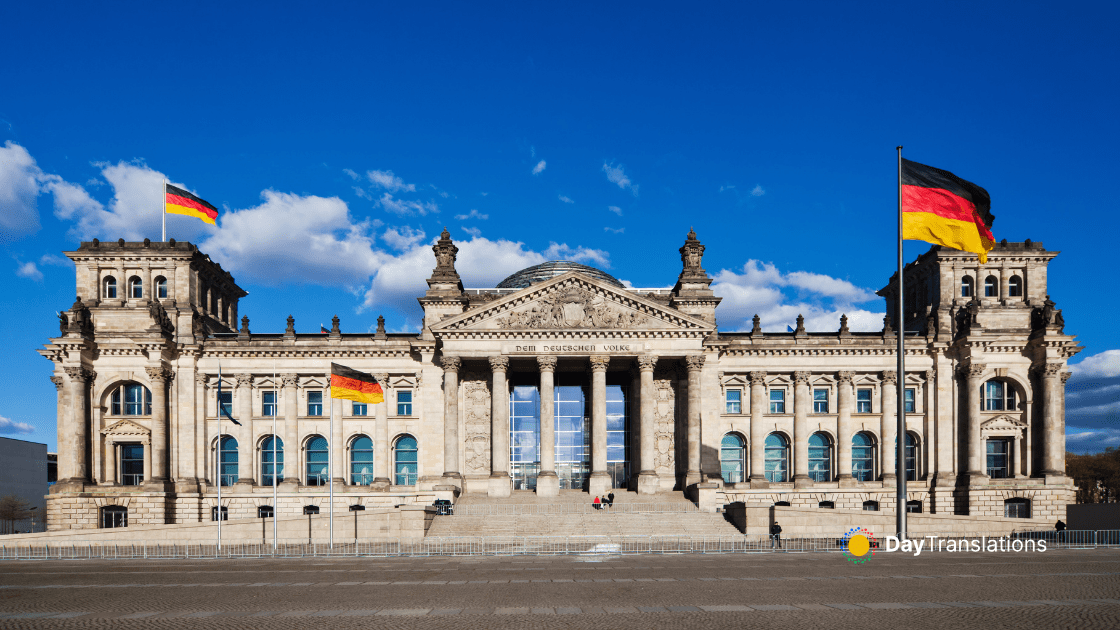Canada, the world’s second largest country by total area, occupies most of northern North America and extends from the Atlantic Ocean in the east to the Pacific Ocean in the west and northward into the Arctic Ocean. It shares land borders with the United States to the south and northwest.
One of the world’s wealthiest nations, Canada is a member of the G7 and OECD. The Canadian economy is the eighth largest in the world and Canadians reflect a vast diversity of cultural heritages and racial groups, which is the result of centuries of immigration.
:: Background of Canada ::
A land of vast distances and rich natural resources, Canada became a self-governing dominion in 1867 while retaining ties to the British crown. Economically and technologically the nation has developed in parallel with the US, its neighbor to the south across an unfortified border. Canada faces the political challenges of meeting public demands for quality improvements in health care and education services, as well as responding to separatist concerns in predominantly francophone Quebec. Canada also aims to develop its diverse energy resources while maintaining its commitment to the environment.
In this Country Profile
:: Geography of Canada ::
Location: Northern North America, bordering the North Atlantic Ocean on the east, North Pacific Ocean on the west, and the Arctic Ocean on the north, north of the conterminous US.
Geographic coordinates: 60 00 N, 95 00 W
Area:
total: 9,984,670 sq km
land: 9,093,507 sq km
water: 891,163 sq km
Area – comparative: somewhat larger than the US
Land boundaries: total: 8,893 km border countries: US 8,893 km (includes 2,477 km with Alaska)
Maritime claims:
territorial sea: 12 nm
contiguous zone: 24 nm
exclusive economic zone: 200 nm
continental shelf: 200 nm or to the edge of the continental margin
Climate: varies from temperate in south to subarctic and arctic in north
Terrain: mostly plains with mountains in west and lowlands in southeast
Elevation extremes:
lowest point: Atlantic Ocean 0 m
highest point: Mount Logan 5,959 m
Natural resources: iron ore, nickel, zinc, copper, gold, lead, molybdenum, potash, diamonds, silver, fish, timber, wildlife, coal, petroleum, natural gas, hydropower
Land use:
arable land: 4.57%
permanent crops: 0.65%
other: 94.78% (2005)
Natural hazards: continuous permafrost in north is a serious obstacle to development; cyclonic storms form east of the Rocky Mountains, a result of the mixing of air masses from the Arctic, Pacific, and North American interior, and produce most of the country’s rain and snow east of the mountains.
Environment – current issues: air pollution and resulting acid rain severely affecting lakes and damaging forests; metal smelting, coal-burning utilities, and vehicle emissions impacting on agricultural and forest productivity; ocean waters becoming contaminated due to agricultural, industrial, mining, and forestry activities.
Environment – international agreements: party to: Air Pollution, Air Pollution-Nitrogen Oxides, Air Pollution-Persistent Organic Pollutants, Air Pollution-Sulfur 85, Air Pollution-Sulfur 94, Antarctic-Environmental Protocol, Antarctic-Marine Living Resources, Antarctic Seals, Antarctic Treaty, Biodiversity, Climate Change, Climate Change-Kyoto Protocol, Desertification, Endangered Species, Environmental Modification, Hazardous Wastes, Law of the Sea, Marine Dumping, Ozone Layer Protection, Ship Pollution, Tropical Timber 83, Tropical Timber 94, Wetlands. Signed, but not ratified: Air Pollution-Volatile Organic Compounds, Marine Life Conservation.
:: People of Canada ::
Population: 33,212,696 (July 2008 est.)
Age structure:
0-14 years: 16.3% (male 2,780,491/female 2,644,276)
15-64 years: 68.8% (male 11,547,354/female 11,300,639)
65 years and over: 14.9% (male 2,150,991/female 2,788,945) (2008 est.)
Median age:
total: 40.1 years
male: 39 years
female: 41.2 years (2008 est.)
Population growth rate: 0.83% (2008 est.)
Birth rate: 10.29 births/1,000 population (2008 est.)
Death rate: 7.61 deaths/1,000 population (2008 est.)
Net migration rate: 5.62 migrant(s)/1,000 population (2008 est.)
Sex ratio:
at birth: 1.06 male(s)/female
under 15 years: 1.05 male(s)/female
15-64 years: 1.02 male(s)/female
65 years and over: 0.77 male(s)/female
total population: 0.98 male(s)/female (2008 est.)
Infant mortality rate:
total: 5.08 deaths/1,000 live births
male: 5.4 deaths/1,000 live births
female: 4.75 deaths/1,000 live births (2008 est.)
Life expectancy at birth:
total population: 81.16 years
male: 78.65 years
female: 83.81 years (2008 est.)
Total fertility rate: 1.57 children born/woman (2008 est.)
HIV/AIDS – adult prévalence rate: 0.3% (2003 est.)
HIV/AIDS – people living with HIV/AIDS: 56,000 (2003 est.)
HIV/AIDS – deaths: 1,500 (2003 est.)
Nationality: noun: Canadian(s) adjective: Canadian
Ethnic groups: British Isles origin 28%, French origin 23%, other European 15%, Amerindian 2%, other, mostly Asian, African, Arab 6%, mixed background 26%
Religions: Roman Catholic 42.6%, Protestant 23.3% (including United Church 9.5%, Anglican 6.8%, Baptist 2.4%, Lutheran 2%), other Christian 4.4%, Muslim 1.9%, other and unspecified 11.8%, none 16% (2001 census)
Languages: English (official) 59.3%, French (official) 23.2%, other 17.5%
Literacy:
definition: age 15 and over can read and write
total population: 99%
male: 99%
female: 99% (2003 est.)

Sorry, the comment form is closed at this time.